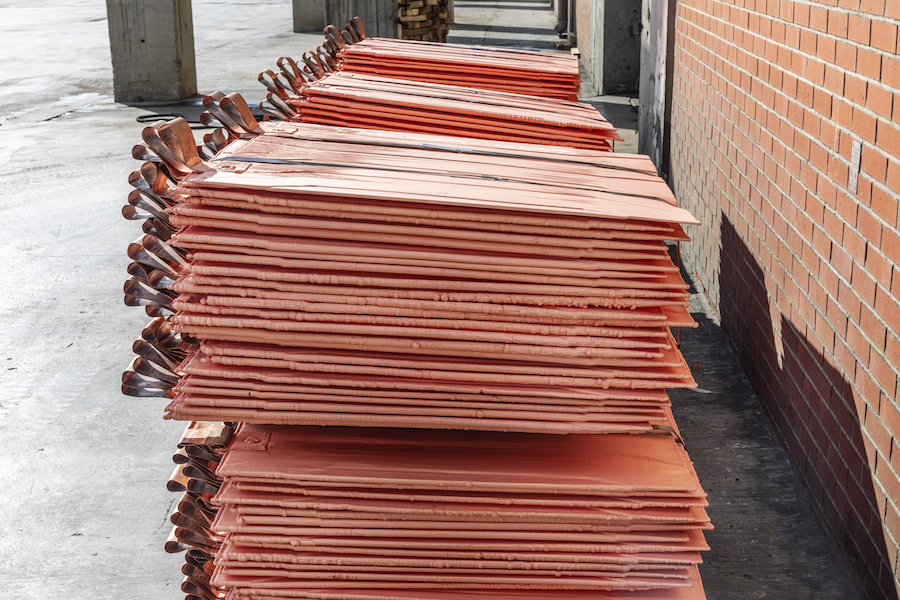
As a result, after strong growth in 2021, Adams thinks that the base metals sector will now see an average quarterly EBITDA decrease of about 14%.
Speaking to The Northern Miner, Adams said he has concerns about the impact of the Russia-Ukraine conflict on the sector.
“The war will likely dampen consumption of many base metals as [supply] chains are interrupted. Russia is a big player and it‘s not like others can quickly fill the gap,” he said. “And this creates concerns. Couple that with the ‘r’ word [recession], and the impact on earnings for base metals could be significant.”
With global inflation currently exceeding what most expected, plus a war in Ukraine reducing Russia’s exports and then the added recent lockdowns in China that have shuttered parts of its domestic and international markets, the once staid base metals sector is facing challenges it has never seen.
However, while these various factors are expected to impact earnings in the first quarter of this year, if not further, Adams does see some positivity within the sector, particularly for copper, as well as metallurgical coal, and uranium. “Some copper companies could see continued growth this year towards the high end of guidance. Sanctions on Russian [met] coal should push higher prices in the near term. And uranium? It was already getting stronger before the war, and should continue.”
Looking at first-quarter 2022 copper earnings, CIBC forecasts an average increase of about 17% in cash costs per pound, with average copper prices going up about 3% quarter over quarter. Adams says that “sporadic supply disruptions in South America and continued global logistical challenges” have kept copper markets tight.
This gives him pause to believe there is “some potential for caution in copper fundamentals over the next 12 months,” citing increasing probability of a recession, global consumption impacts and the wait until 2023 for new copper assets to come online. But visible copper inventories increased about 47% in the first quarter of this year, said Adams, “highlighting an easing tightness in the market.”
For met coal, Adams points out that prices rose as sanctions have hit Russia, which had provided 16% of global supply in 2021. “The resulting impact in the supply side should be supportive of higher coal prices in the near term,” Adams said, adding that this should bode well for firms like Teck Resources (TSX: TECK.A, TECK.B; NYSE: TECK), for whom he expects to see coal sales amount to 56% of its total revenue this quarter versus 41% the same period last year.
As for uranium, Adams said that the sector was gaining strength even before the war in Ukraine, as decarbonization and green energy concerns increased. “But, again, it’s Russia that is having an impact on [uranium] prices,” said Adams, referring to sanctions on the country’s uranium, adding that the average spot prices of U3O8 increased to about 13% quarter over quarter.




